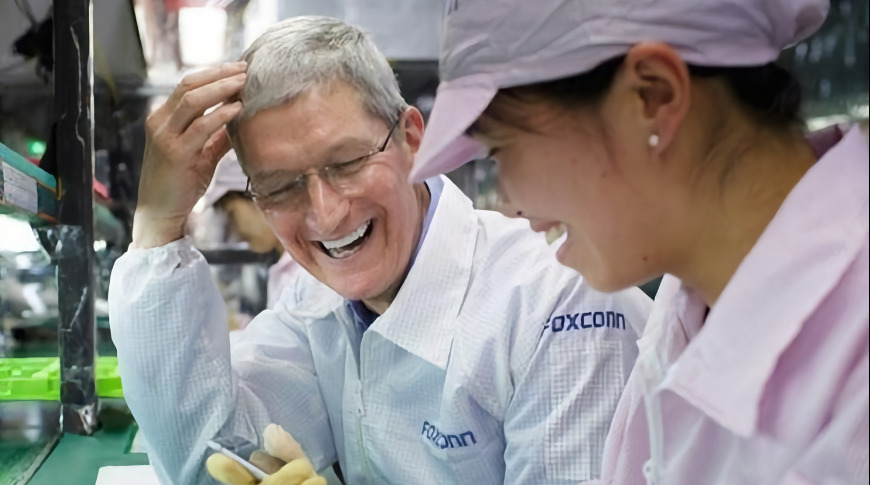The prospect of relocating iPhone manufacturing to the United States has been a topic of considerable discussion, especially in light of recent political pressures and trade policies. However, a confluence of historical labor decisions, economic considerations, and logistical challenges makes this transition exceedingly complex.
Historical Context and Economic Shifts
The United States’ trade relationship with China has evolved significantly over the past century. In the 1930s, the focus was on exporting American products to China, aiming to tap into its vast consumer base. Over time, this dynamic shifted, with the U.S. increasingly importing goods from China. By 2018, U.S. imports from China had surged to an all-time high of $538.51 billion, reflecting a deep-seated reliance on Chinese manufacturing.
This dependency is rooted in several factors:
– Cost Efficiency: Chinese manufacturing offers lower labor costs, enabling companies like Apple to produce devices at competitive prices.
– Established Supply Chains: Over decades, intricate supply networks have been developed in China, facilitating efficient production and distribution.
– Skilled Workforce: China has cultivated a labor force with specialized skills tailored to electronics manufacturing, a sector that has seen a decline in the U.S.
Challenges in Repatriating iPhone Production
Bringing iPhone manufacturing to the U.S. is fraught with challenges:
1. Labor Costs: Manufacturing in the U.S. would entail higher labor expenses. Analysts suggest that a domestically produced iPhone could retail above $3,000, a significant increase from the current average of $1,000. This price hike could deter consumers and impact sales.
2. Supply Chain Reconstruction: Replicating the extensive supply chain established in China would require substantial investment and time. Industry experts estimate that such a transition could take years and cost billions, making it an impractical short-term solution.
3. Workforce Limitations: The U.S. faces a shortage of workers with the vocational skills necessary for electronics manufacturing. Apple CEO Tim Cook has expressed concerns about the domestic labor market’s capacity to support such manufacturing endeavors.
Apple’s Strategic Responses
In response to these challenges, Apple has adopted several strategies:
– Diversification of Manufacturing Locations: To mitigate risks associated with geopolitical tensions and supply chain disruptions in China, Apple has expanded production to countries like India and Vietnam. For instance, a Foxconn factory in Sriperumbudur, India, has become a key iPhone assembly hub, aiming to produce 20 million iPhones annually by 2024. However, this expansion has not been without issues, including labor rights violations and safety concerns.
– Investment in Automation: Apple is increasingly integrating automation into its manufacturing processes. The company has set a goal to reduce the number of workers on iPhone final assembly lines by up to 50% over the next few years. This move aims to enhance efficiency and reduce dependency on manual labor. However, the high upfront costs of automation and potential job losses present significant challenges.
Political and Economic Implications
The U.S. government’s imposition of steep tariffs on Chinese goods, intended to encourage domestic manufacturing, has had mixed effects. While these tariffs have increased production costs for companies like Apple, they have not led to a significant shift in manufacturing to the U.S. Instead, Apple has focused on diversifying its manufacturing base and investing in automation to navigate the complex global trade environment.
Conclusion
The idea of relocating iPhone production to the United States is appealing from a political and economic standpoint. However, the realities of higher labor costs, the need to reconstruct extensive supply chains, and a shortage of skilled workers make this transition highly challenging. Apple’s strategies of diversifying manufacturing locations and investing in automation reflect a pragmatic approach to these complexities. As the global manufacturing landscape continues to evolve, companies must balance economic efficiency with geopolitical considerations and labor dynamics.



